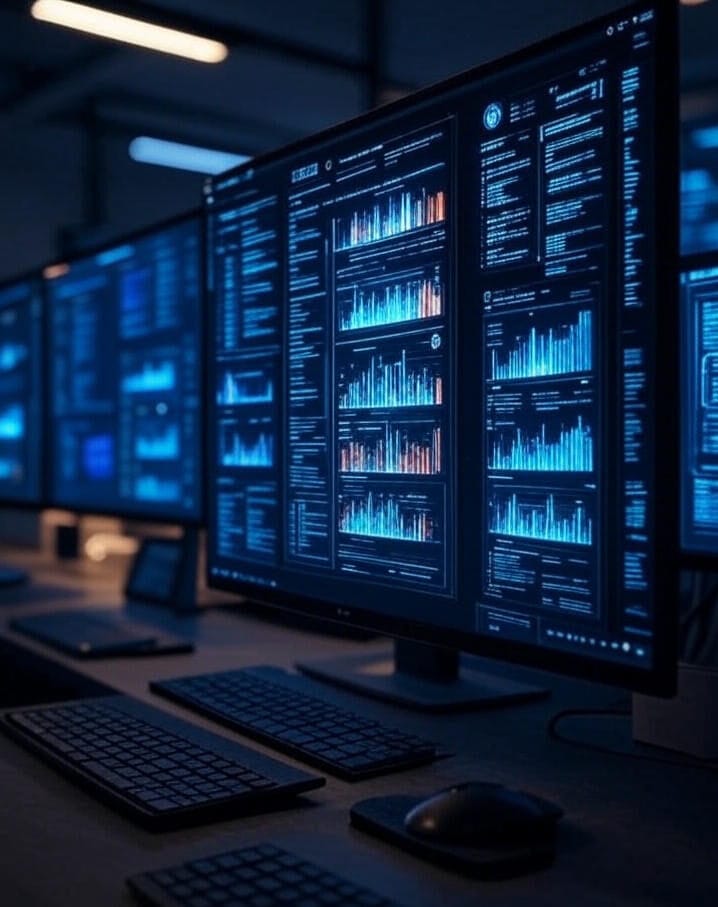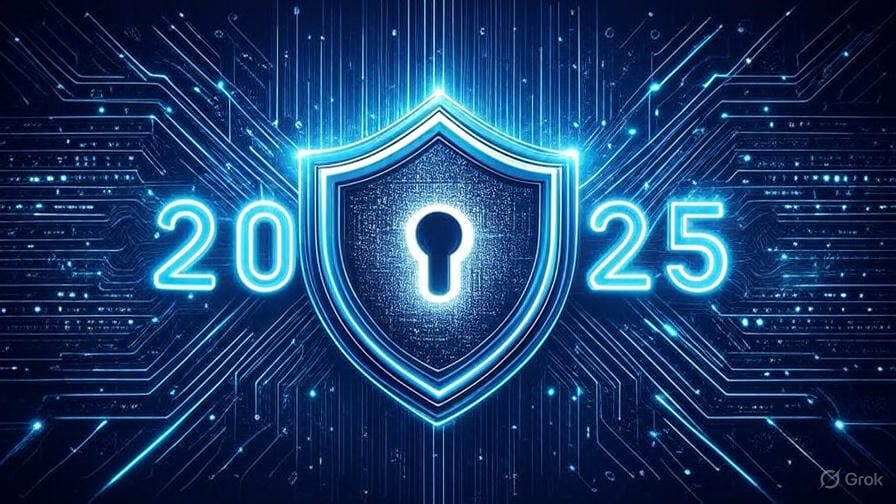
In the fast-evolving digital landscape of 2025, Agentic AI stands at the forefront of cybersecurity innovation, offering autonomous, adaptive, and intelligent solutions to combat increasingly sophisticated cyber threats. Unlike traditional AI, Agentic AI systems possess the ability to independently analyze, decide, and act, transforming how organizations safeguard their digital assets. As cybercrime costs are projected to reach $10.5 trillion annually by 2025, according to Cybersecurity Ventures, Agentic AI’s role in proactively defending against threats is more critical than ever. This blog explores the transformative impact of Agentic AI on cybersecurity, highlighting key trends, applications, and benefits for a secure digital future.
The Rise of Agentic AI in Cybersecurity
Agentic AI is redefining cybersecurity by enabling systems to operate with human-like reasoning and autonomy. These systems go beyond predefined rules, learning from vast datasets, adapting to new threats, and executing complex tasks without constant human oversight. In 2025, Agentic AI is becoming a cornerstone of cybersecurity strategies, driven by the need to counter advanced persistent threats (APTs), ransomware, and zero-day exploits.
Why Agentic AI Matters
The cybersecurity landscape in 2025 is marked by an expanding attack surface, fueled by IoT proliferation, cloud adoption, and remote work environments. Agentic AI addresses these challenges by offering:
- Real-Time Threat Detection: Continuously monitors networks, identifying anomalies faster than traditional systems.
- Autonomous Response: Neutralizes threats like malware or phishing attacks without human intervention.
- Scalability: Adapts to growing data volumes and evolving threat vectors seamlessly.
- Cost Efficiency: Reduces reliance on large cybersecurity teams, addressing talent shortages.
Market Growth and Adoption
The global AI cybersecurity market, heavily driven by Agentic AI, is expected to grow from $24 billion in 2024 to $146 billion by 2034, per recent industry reports. Enterprises across finance, healthcare, and critical infrastructure are integrating Agentic AI to enhance their defense mechanisms, with adoption rates accelerating due to its proven effectiveness.
Key Agentic AI Cybersecurity Trends for 2025

As Agentic AI gains traction, several trends are shaping its application in cybersecurity, ensuring organizations stay ahead of cyber adversaries.
Predictive Threat Intelligence
Agentic AI leverages machine learning and behavioral analytics to predict threats before they materialize. By analyzing historical data and real-time patterns, these systems identify potential vulnerabilities and anticipate attack strategies.
- Proactive Defense: Agentic AI models forecast attack vectors, enabling preemptive measures.
- Dark Web Monitoring: Scans underground forums for stolen credentials or planned attacks.
- Zero-Day Mitigation: Detects and counters previously unknown exploits using anomaly detection.
Autonomous Incident Response
In 2025, Agentic AI systems are automating incident response workflows, drastically reducing response times. These systems can isolate compromised devices, patch vulnerabilities, and deploy countermeasures in real time, minimizing damage from breaches.
Enhanced Phishing Detection
Phishing attacks remain a top threat, with 86% of organizations reporting incidents in 2024, per Verizon’s Data Breach Investigations Report. Agentic AI enhances phishing detection by analyzing email patterns, user behavior, and contextual clues to identify and block malicious communications instantly.
Integration with Zero Trust Architecture
Agentic AI is a natural fit for zero trust models, which assume no user or device is inherently trustworthy. By continuously verifying identities and monitoring access, Agentic AI strengthens zero trust frameworks, ensuring robust protection in decentralized environments.
Challenges and Considerations

While Agentic AI offers immense potential, its adoption in cybersecurity comes with challenges that organizations must navigate.
Ethical and Bias Concerns
Agentic AI systems rely on vast datasets, which may inadvertently introduce biases. Ensuring ethical AI development and regular audits is critical to prevent misinformed decisions that could compromise security.
Integration Complexity
Deploying Agentic AI requires integration with existing security stacks, which can be complex for organizations with legacy systems. A phased approach, supported by expert consultation, can mitigate these challenges.
Adversarial AI Threats
Cybercriminals are also leveraging AI to craft sophisticated attacks, such as deepfakes or AI-generated malware. Agentic AI must evolve to counter these adversarial tactics, requiring continuous updates and adversarial training.
The Future of Agentic AI in Cybersecurity
Looking ahead, Agentic AI is poised to redefine cybersecurity by enabling fully autonomous security operations centers (SOCs). By 2030, industry analysts predict that 60% of SOCs will rely on Agentic AI for primary threat detection and response. Its ability to learn, adapt, and act independently will empower organizations to stay resilient against evolving threats.
Preparing for 2025
To harness Agentic AI effectively, organizations should:
- Invest in Training: Upskill teams to work alongside Agentic AI systems.
- Adopt Hybrid Models: Combine human expertise with AI automation for optimal outcomes.
- Prioritize Vendor Selection: Choose Agentic AI solutions with proven track records and robust support.
Conclusion
Agentic AI is revolutionizing cybersecurity in 2025, offering unparalleled capabilities to detect, respond to, and prevent cyber threats. Its autonomous nature, predictive intelligence, and scalability make it a game-changer for organizations navigating a complex threat landscape. By embracing Agentic AI, businesses can not only strengthen their defenses but also gain a competitive edge in an increasingly digital world. As cyber threats evolve, Agentic AI will remain a critical ally, ensuring a secure and resilient future.







